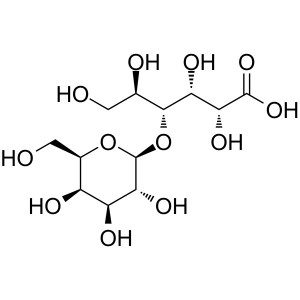Lactobionic Acid CAS 96-82-2 Assay 98.0~102.0% Factory
Ruifu Chemical is the leading manufacturer of Lactobionic Acid (CAS: 96-82-2) with high quality. Ruifu Chemical has 15 years experience in carbohydrate chemistry. Ruifu Chemical can provide worldwide delivery, competitive price, excellent service. Purchase Lactobionic Acid, Please contact: alvin@ruifuchem.com
| Chemical Name | Lactobionic Acid |
| Synonyms | 4-(β-D-Galactosido)-D-Gluconic Acid; 4-O-β-Galactopyranosyl-D-Gluconic Acid; 4-O-beta-D-Galactopyranosyl-D-Gluconic Acid |
| Stock Status | In Stock, Commercial Production |
| CAS Number | 96-82-2 |
| Molecular Formula | C12H22O12 |
| Molecular Weight | 358.30 g/mol |
| Melting Point | 113.0~118.0℃(lit.) |
| Water Solubility | Soluble in Water. Almost Insoluble in Ether |
| COA & MSDS | Available |
| Origin of Product | Shanghai, China |
| Shelf Life | 2 Years if Stored Properly |
| Product Categories |
Carbohydrates; Disaccharides; Sugar Acids; Sugars |
| Brand | Ruifu Chemical |
| Items | Specifications | Results |
| Appearance | White or Almost White Crystalline Powder | White Crystalline Powder |
| Identification | By IR; By TLC | Positive |
| Specific Optical Rotation | +23.0° ~ +29.0° (Anhydrous Substance) | +28.20° |
| Clarity | Clear | Clear |
| Colour | Not More Intensely Coloured Than the Colour Comparison Solution |
Colourless |
| Water Content | <5.00% | 4.01% |
| Total Ash | <0.10% | 0.06% |
| pH | 1.0~3.0 | 2.35 |
| Calcium | <500ppm | <500ppm |
| Chloride | <500ppm | <500ppm |
| Sulfate | <500ppm | <500ppm |
| Iron | <100ppm | <100ppm |
| Reducing Sugars | <0.20% | <0.20% |
| Heavy Metals (Pb) | <10ppm | <10ppm |
| Arsenic | <3ppm | <3ppm |
| Assay / Analysis Method | 98.0~102.0% (On the Anhydrous Basis.) | 100.01% |
| Total Bacteria Count | <100 Col/g | Complies |
| Yeast & Mold | <100 Col/g | Complies |
| Endotoxin Level | <10 EU/g | Complies |
| Salmonella | Negative | Complies |
| Escherichia Coli | Negative | Complies |
| Pseudomonas Aeruginosa | Negative | Complies |
| Conclusion | The product has been tested and complies with the given specifications | |
Package: Bottle, Aluminium foil bag, 10kg/25kg/Cardboard drum, or according to customer's requirement.
Storage Condition: Keep the container tightly closed, store in a cool, dry (0~8℃) and well-ventilated warehouse away from incompatible substances. Protected from direct sunlight and moisture; avoid fire and heat sources.
Shipping: Deliver to worldwide by air, by FedEx / DHL Express. Provide fast and reliable delivery.
Lactobionic Acid
C12H22O12 (acid form) 358.3 [96-82-2].
C12H20O11 (-lactone) 340.3 [5965-65-1].
4-O--Galactopyranosyl-d-gluconic acid.
DEFINITION
Lactobionic Acid is a mixture in variable proportions of 4-O-d-galactopyranosyl-d-gluconic acid and 4-O-d-galactopyranosyl-d-glucono-1,5-lactone. It contains NLT 98.0% and NMT 102.0%, on the anhydrous basis.
IDENTIFICATION
• A. Infrared Absorption <197K>: [Note-If the spectra obtained show differences, dissolve the test substance and USP Lactobionic Acid RS separately in water, dry at 105, and record new spectra using the residues.]
• B. Thin-Layer Chromatography <621>
Standard solution: 10 mg/mL of USP Lactobionic Acid RS
Sample solution: 10 mg/mL of Lactobionic Acid
Adsorbent: Chromatographic silica gel mixture with an average particle size of 10-15 µm (TLC plates)
Developing solvent: Methanol, ethyl acetate, ammonium hydroxide, and water (2:1:1:1)
Application volume: 5 µL
Spray reagent: Slowly add 10 mL of sulfuric acid to about 40 mL of water. Mix, and allow to cool. Dilute with water to 100 mL, and mix. Add 2.5 g of ammonium molybdate and 1 g of ceric sulfate, and shake for 15 min to dissolve.
Analysis: Develop the chromatograms until the solvent front has moved about three-fourths the length of the plate, and allow to dry. Spray the plate with Spray reagent, and allow to dry. Repeat two more times, heat at 110 for 15 min, and examine.
Acceptance criteria: The principal spot from the Sample solution is similar in position and color to the principal spot from the Standard solution.
ASSAY
Change to read:
• Procedure
Sample: NF30 0.350 g of Lactobionic Acid NF30
Analysis: Dissolve the Sample in 50 mL of carbon dioxide-free water, previously heated to 30.NF30 Immediately titrate with 0.1 NNF30 sodium hydroxide, and determine the two equivalence points potentiometrically. (See Titrimetry 541.)
Each mL of 0.1 N sodium hydroxide consumed to the first equivalency point is equivalent to 35.83 mg of C12H22O12 (corresponds to the acid form), and each mL of 0.1 N sodium hydroxide consumed between the first and second equivalency points is equivalent to 34.03 mg of C12H20O11 (corresponds to the -lactone form).
Calculate the content, expressed as a percentage, of the lactobionic acid as the sum of both results.NF30
Acceptance criteria: 98.0%-102.0% on the anhydrous basis.
IMPURITIES
• Heavy Metals <231>
Thioacetamide reagent: To 0.2 mL of thioacetamide TS add 1 mL of a mixture of 5 mL of water, 15 mL of 1 M sodium hydroxide, and 20 mL of glycerin. Heat in a water bath for 20 s. [Note-Prepare immediately before use.]
Lead nitrate stock solution: Prepare as directed for Special Reagents in Heavy Metals <231>.
Standard solution: On the day of use, dilute 2.0 mL of the Lead nitrate stock solution (10 ppm Pb) in water to 30 mL.
Sample solution: Dissolve 1 g of Lactobionic Acid in water to 30 mL.
Prepare the filtration apparatus by adapting the barrel of a 50-mL syringe without its piston to a support containing, on the plate, a membrane filter of 3-µm pore size, and above it a prefilter.
Transfer the Sample solution into the syringe barrel, put the piston in place, and then apply an even pressure on it until the whole of the liquid has been filtered. When opening the support and removing the prefilter, check that the membrane filter remains uncontaminated with impurities. If this is not the case, replace it with another membrane filter, and repeat the operation under the same conditions.
Analysis: To the prefiltrate, add 2 mL of pH 3.5 Acetate Buffer. Mix, and add 1.2 mL of Thioacetamide reagent. Mix immediately, allow to stand for 10 min, and again filter as described above, but inverting the order of the filters, the liquid passing first through the membrane filter before passing through the prefilter. The filtration must be carried out slowly and uniformly by applying moderate and constant pressure to the piston of the syringe. After complete filtration, open the support, remove the membrane filter, and dry using filter paper. In parallel, treat the Standard solution in the same manner as the Sample solution.
Acceptance criteria: The color of the spot from the Sample solution is not more intense than that from the Standard solution (NMT 20 ppm).
SPECIFIC TESTS
• Water Determination, Method Ia <921>
Sample solution:
0.50 g in a mixture of methanol and formamide (2:1)
Acceptance criteria: NMT 5.0%
• Appearance of Solution
Sample solution: 120 mg/mL of Lactobionic Acid
Standard stock solution: Pipet 24.0 mL of ferric chloride CS and 6.0 mL of cobaltous chloride CS into a 100-mL volumetric flask. Dilute with 1% (w/v) hydrochloric acid to volume.
Reference solution: Pipet 12.5 mL of the Standard stock solution into a 100-mL volumetric flask. Dilute with 1% (w/v) hydrochloric acid to volume.
Acceptance criteria: The Sample solution is clear and not more intensely colored than the Reference solution.
• Optical Rotation, Specific Rotation <781S>
Sample solution: 10 mg/mL of Lactobionic Acid. Allow to stand for 24 h.
Acceptance criteria: +23.0 to +29.0 (anhydrous substance)
• Reducing Sugars
Sample solution: Dissolve 5.0 g of Lactobionic Acid in 25 mL of water with the aid of gentle heat, and cool.
Analysis: To the Sample solution add 20 mL of cupric citrate TS and a few glass beads. Heat so that boiling begins after 4 min, and maintain boiling for 3 min. Cool rapidly, and add 100 mL of a 2.4% solution of glacial acetic acid and 20.0 mL of 0.025 M iodine VS. With continuous shaking, add 25 mL of a mixture of 6 mL of hydrochloric acid and 94 mL of water. When the precipitate has dissolved, titrate the excess iodine with 0.05 M sodium thiosulfate VS using 1 mL of starch TS, added toward the end of the titration as an indicator.
Acceptance criteria: NLT 12.8 mL of 0.05 M sodium thiosulfate VS is required, corresponding to NMT 0.2% of reducing sugars, as glucose.
• Articles of Botanical Origin, Total Ash 561: NMT 0.2%
ADDITIONAL REQUIREMENTS
• Packaging and Storage: Preserve in well-closed containers.
• USP Reference Standards <11>
USP Lactobionic Acid RS
How to Purchase? Please contact Dr. Alvin Huang: sales@ruifuchem.com or alvin@ruifuchem.com
15 Years Experience? We have more than 15 years of experience in the manufacture and export of a wide range of high quality pharmaceutical intermediates or fine chemicals.
Main Markets? Sell to domestic market, North America, Europe, India, Korea, Japanese, Australia, etc.
Advantages? Superior quality, affordable price, professional services and technical support, fast delivery.
Quality Assurance? Strict quality control system. Professional equipment for analysis include NMR, LC-MS, GC, HPLC, ICP-MS, UV, IR, OR, K.F, ROI, LOD, MP, Clarity, Solubility, Microbial limit test, etc.
Samples? Most products provide free samples for quality evaluation, shipping cost should be paid by customers.
Factory Audit? Factory audit welcome. Please make an appointment in advance.
MOQ? No MOQ. Small order is acceptable.
Delivery Time? If within stock, three days delivery guaranteed.
Transportation? By Express (FedEx, DHL), by Air, by Sea.
Documents? After sales service: COA, MOA, ROS, MSDS, etc. can be provided.
Custom Synthesis? Can provide custom synthesis services to best fit your research needs.
Payment Terms? Proforma invoice will be sent first after confirmation of order, enclosed our bank information. Payment by T/T (Telex Transfer), PayPal, Western Union, etc.
Hazard Symbols Xi - Irritant
Risk Codes 36/37/38 - Irritating to eyes, respiratory system and skin.
Safety Description S24/25 - Avoid contact with skin and eyes.
S36 - Wear suitable protective clothing.
S26 - In case of contact with eyes, rinse immediately with plenty of water and seek medical advice.
WGK Germany 1
HS Code 2940009090
Lactobionic Acid (CAS: 96-82-2) is a disaccharide obtained from the oxidation of lactose. Chemically, Lactobionic Acid is made up of a galactose moiety that is bonded to a gluconic acid molecule through an ether-like bond. The compound can be dehydrated to a lactone. Lactobionic Acid is widely used in the chemical, food and pharmaceutical industries due to its chelating, emulsifying, humectant and chelating properties. Lactobionic Acid and its constituent salts are essential as food additives due to excellent solubility, good taste, and health-promoting aspects. The compound may also be essential in the synthesis of targetable and biocompatible drug delivery systems. Lactobionic Acid is hygroscopic, and it has a good water retention potential hence its applicability to cosmetic products.
Lactobionic Acid (CAS: 96-82-2) has various functions and benefits in skin care products as follows:
1. Antioxidant effect: Lactobionic Acid is a powerful antioxidant that can neutralize free radicals and resist oxidative damage caused by environmental pollutants and ultraviolet radiation. Antioxidant action helps reduce oxidative stress in the skin, preventing the appearance of signs of aging such as wrinkles and fine lines.
2. Moisturizing effect: Lactobionic Acid has excellent moisturizing ability. It attracts and locks in moisture and maintains the skin's moisture balance, thus keeping the skin elastic, supple and hydrated.
3. Exfoliation and skin regeneration: Lactobionic Acid is a mild fruit acid that can effectively remove dead skin cells on the stratum corneum and promote horny renewal. Not only does this improve skin texture and even skin tone, it also stimulates the production of collagen and elastin fibers, accelerating the skin cell regeneration process.
4. Anti-inflammatory and repairing: Lactobionic Acid has anti-inflammatory and repairing effects, which can reduce skin redness, tingling and allergic reactions. It helps soothe sensitive skin and promotes the repair and healing of damaged skin.
5. Brighten skin tone: By promoting cell metabolism and removing aging cells on the surface, Lactobionic Acid can improve uneven skin tone and make skin brighter and smoother.
-
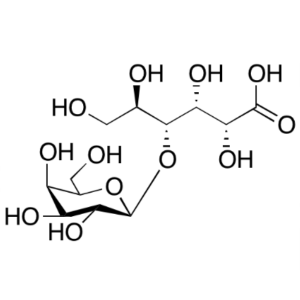
Lactobionic Acid CAS 96-82-2 Assay 98.0~102.0% ...
-
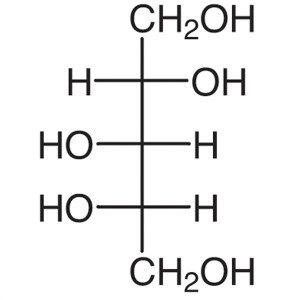
L-(-)-Arabitol CAS 7643-75-6 Assay >99.0% (HPLC...
-
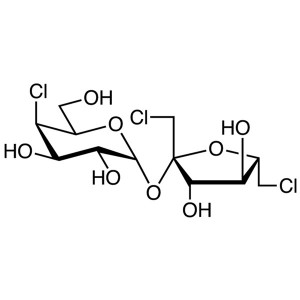
Sucralose CAS 56038-13-2 Assay 98.0~102.0% Factory
-
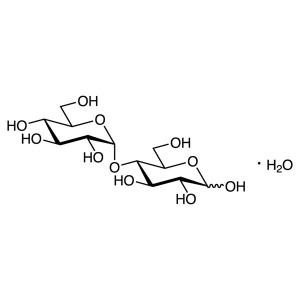
D-(+)-Maltose Monohydrate CAS 6363-53-7 Assay >...
-
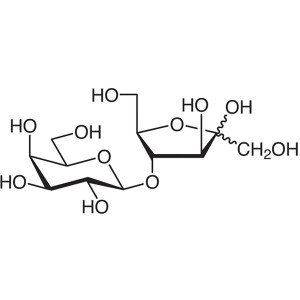
Lactulose CAS 4618-18-2 Assay >98.5% (HPLC)
-
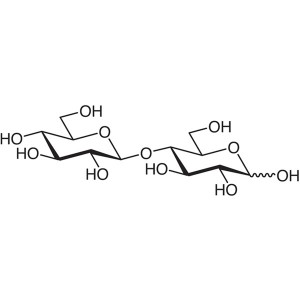
D-(+)-Cellobiose CAS 528-50-7 Assay >98.0% (HPLC)
-
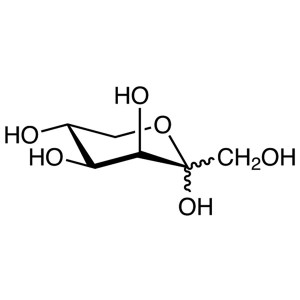
D-Tagatose CAS 87-81-0 Assay >99.0% (HPLC) Factory
-
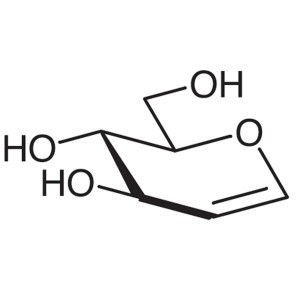
D-Glucal CAS 13265-84-4 Assay >96.0% (HPLC) Fac...
-
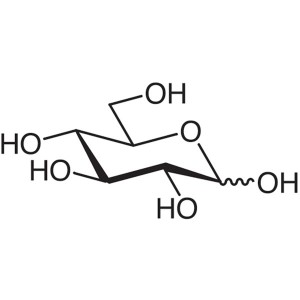
D-(+)-Glucose Anhydrous CAS 50-99-7 Assay ≥99.5...
-
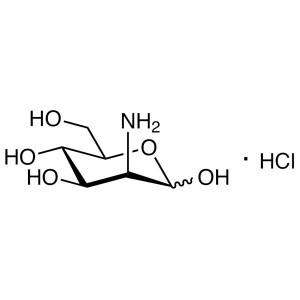
D-Mannosamine Hydrochloride CAS 5505-63-5 Assay...
-
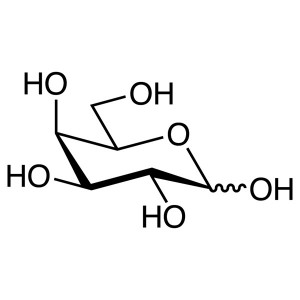
D-(+)-Galactose Anhydrous CAS 59-23-4 Assay >98...
-
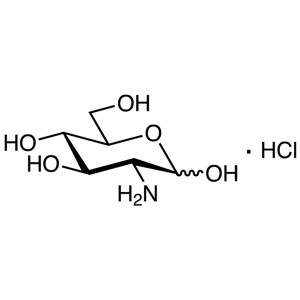
D-(+)-Glucosamine Hydrochloride CAS 66-84-2 Ass...
-
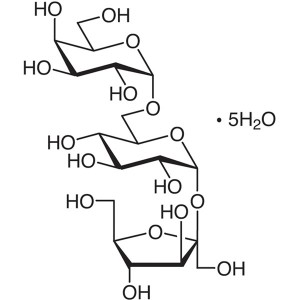
D-(+)-Raffinose Pentahydrate CAS 17629-30-0 Ass...
-
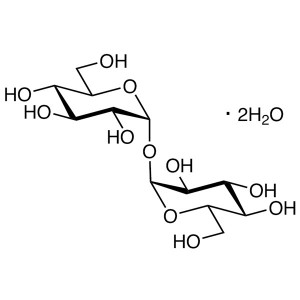
D-(+)-Trehalose Dihydrate CAS 6138-23-4 Assay >...
-
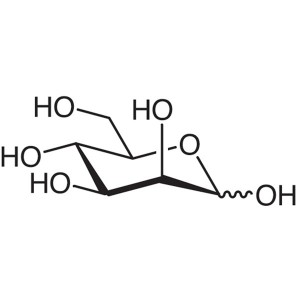
D-(+)-Mannose CAS 3458-28-4 Assay >99.0% (HPLC)...
-
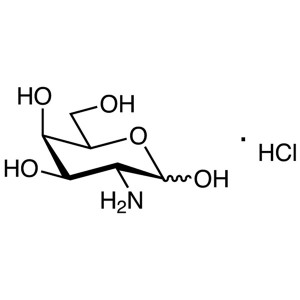
D-(+)-Galactosamine Hydrochloride CAS 1772-03-8...


